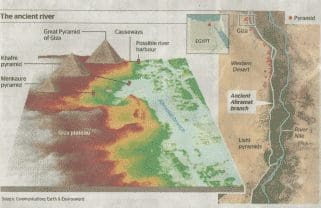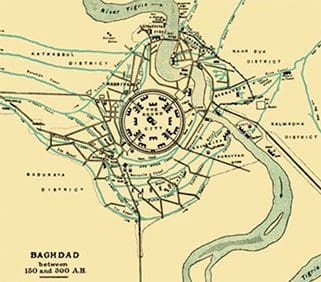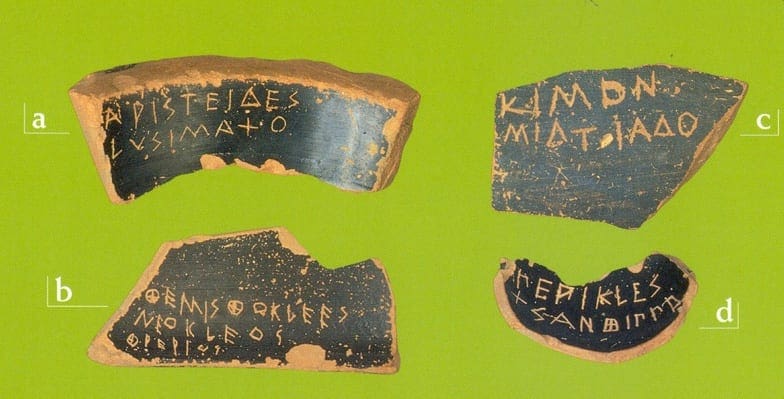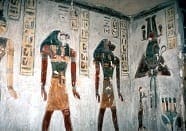
Many of you teaching Ancient Egypt in depth as part of a broader topic on ancient civilizations will , no doubt, have spent some time exploring Egypt’s iconic pyramids. You may even have looked at maps showing settlements along the Nile valley. But how have you explained that many of the pyramids seem to have been built in the inhospitable desert? Well now, it seems we have an answer.
The Times newspaper has just reported on archaeologists’ most recent research showing that far from being away from a source of water, the pharaoh’s tombs originally sat right alongside a 40 mile branch of the River Nile, named the Ahramat branch We didn’t know this because the branch of the river dried up centuries ago and is now buried. But with the use of new technology such as satellite imagery, geophysical surveys and finding buried river sediment, archaeologists now feel they








